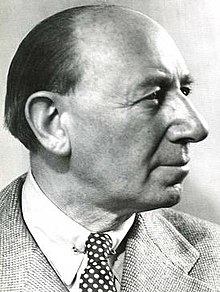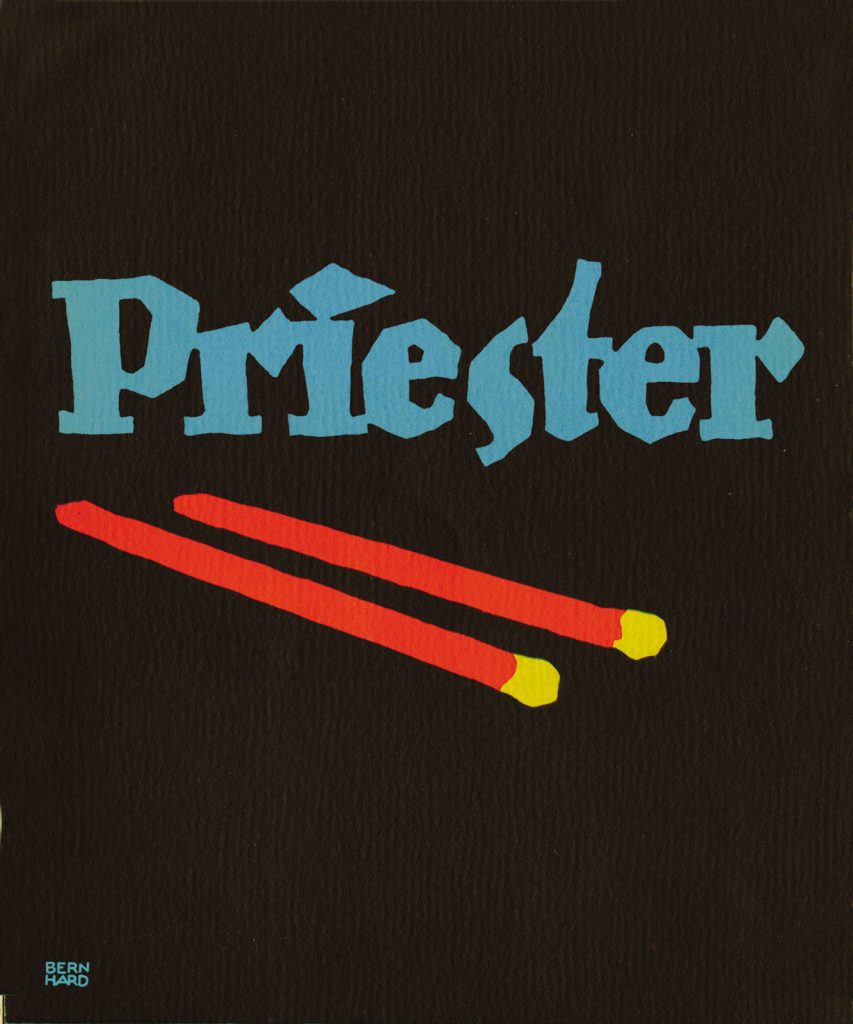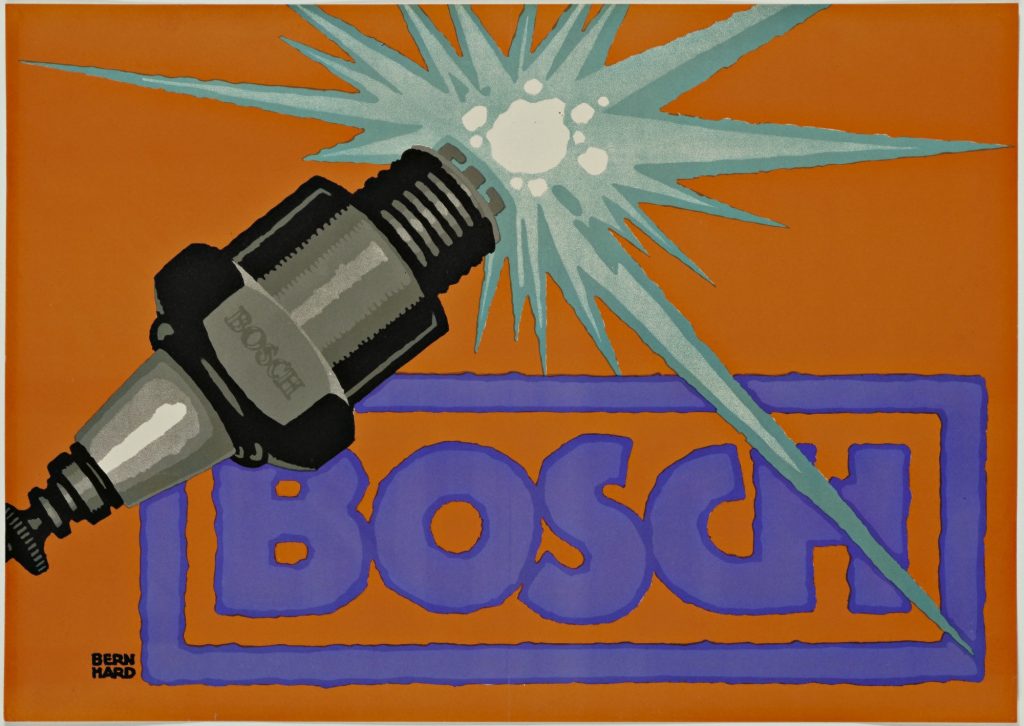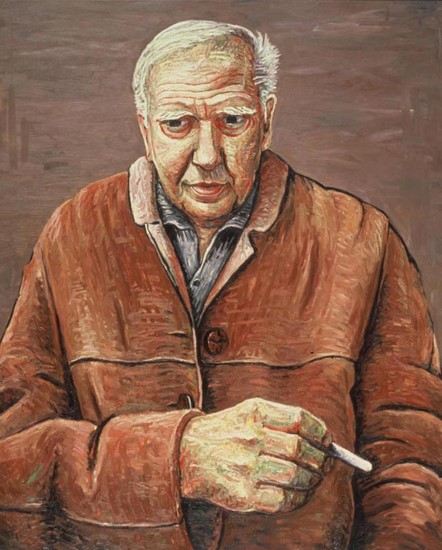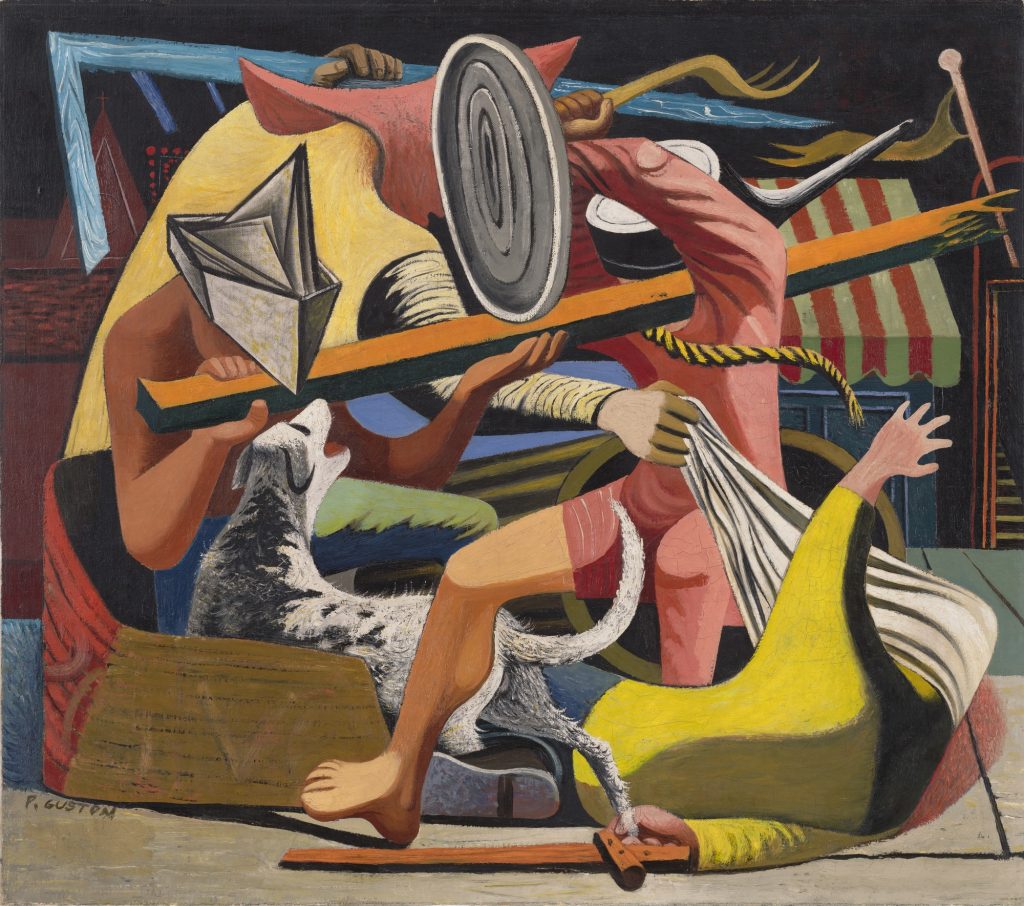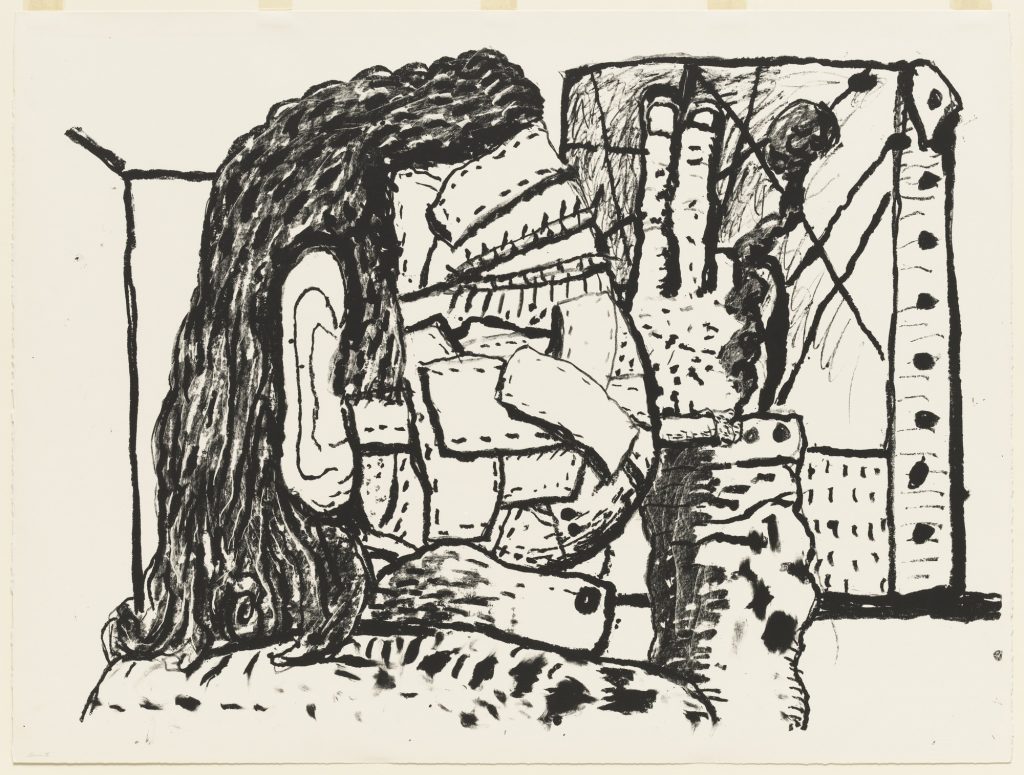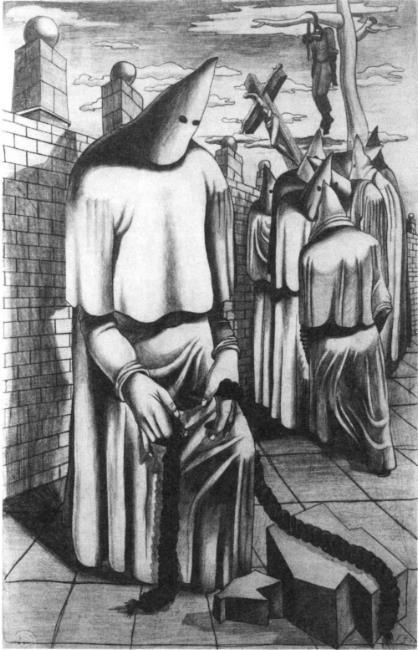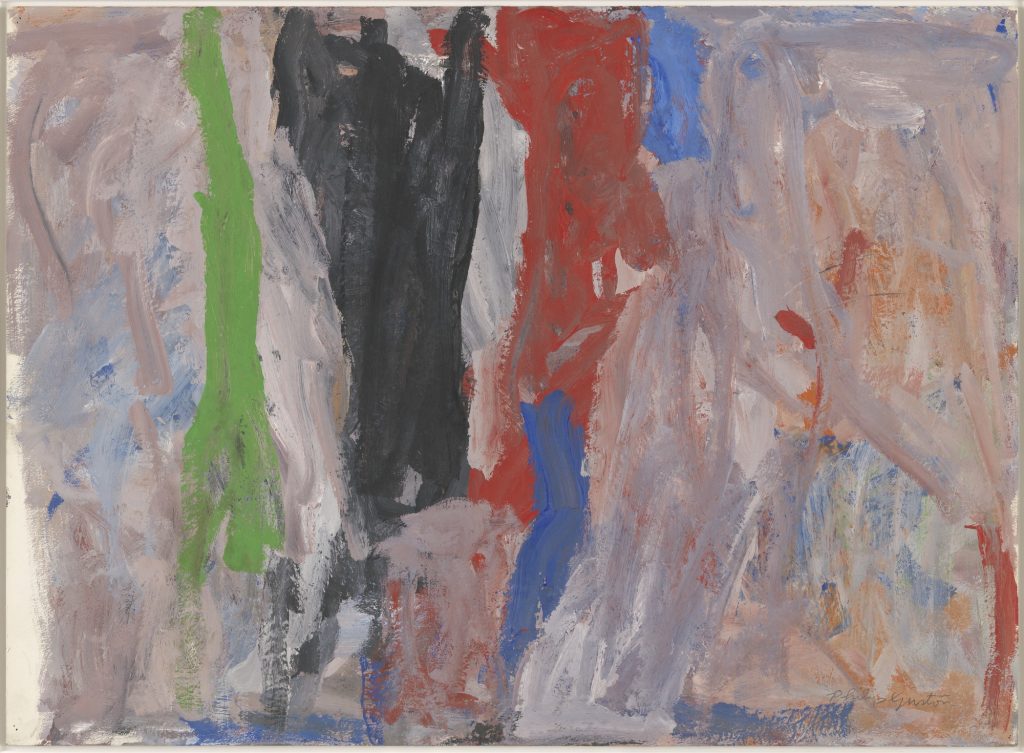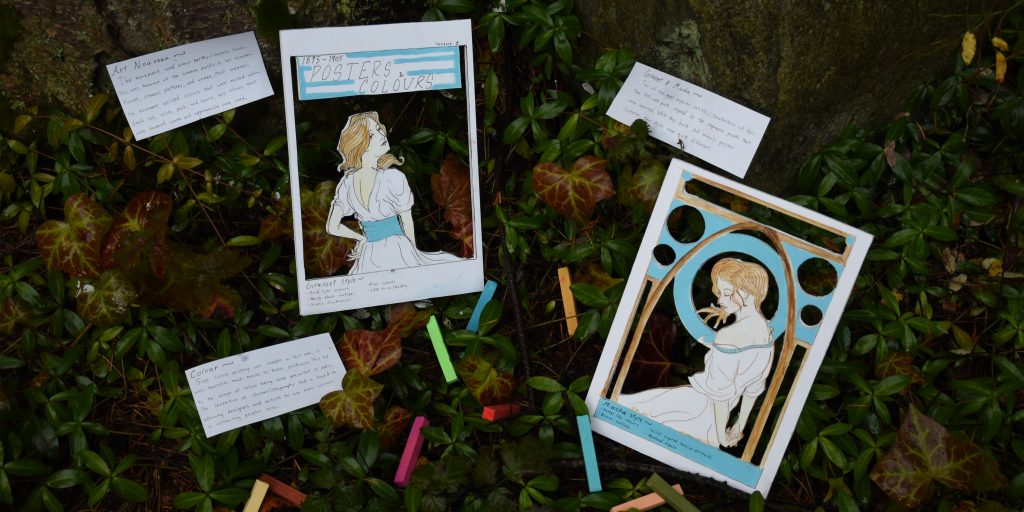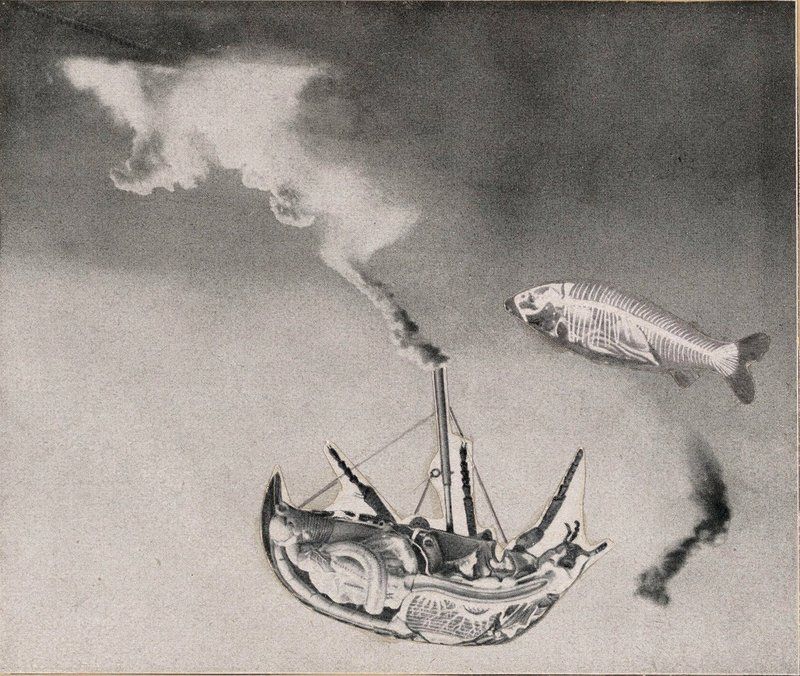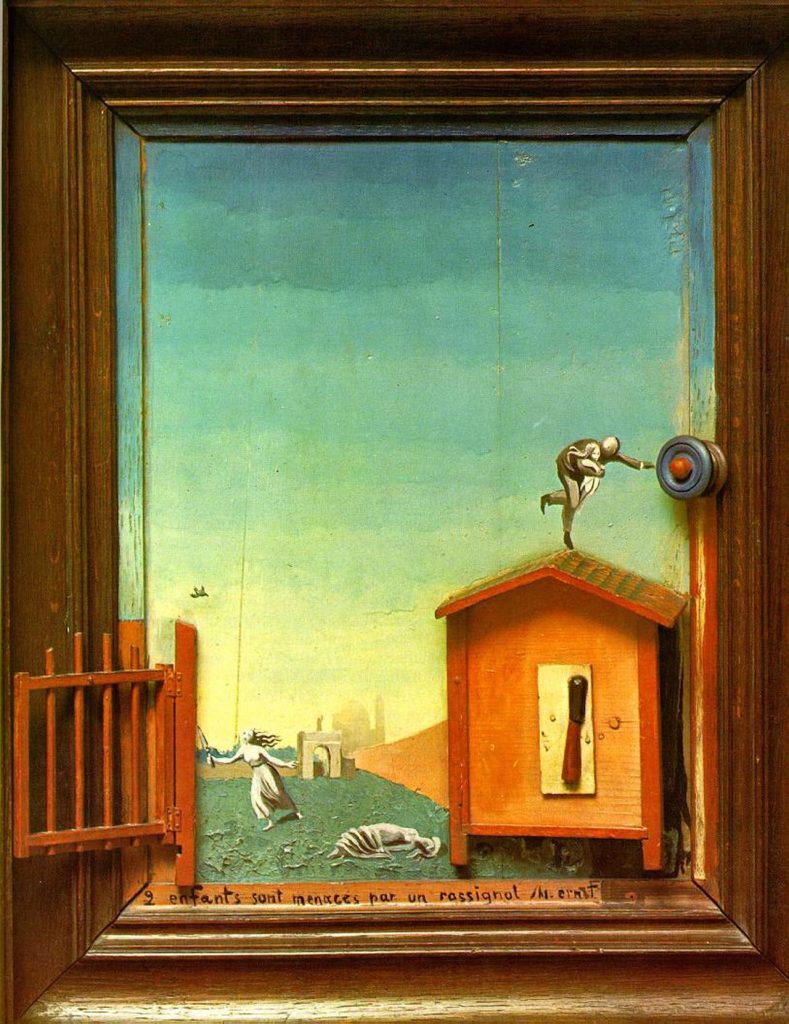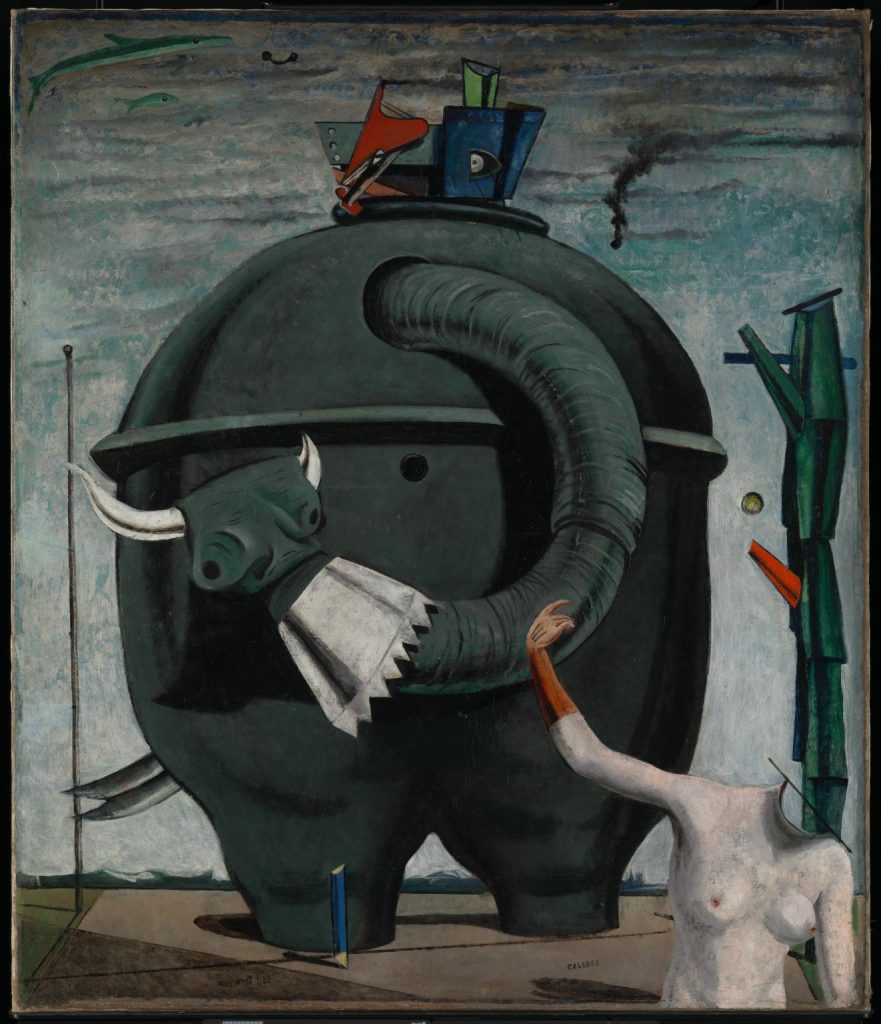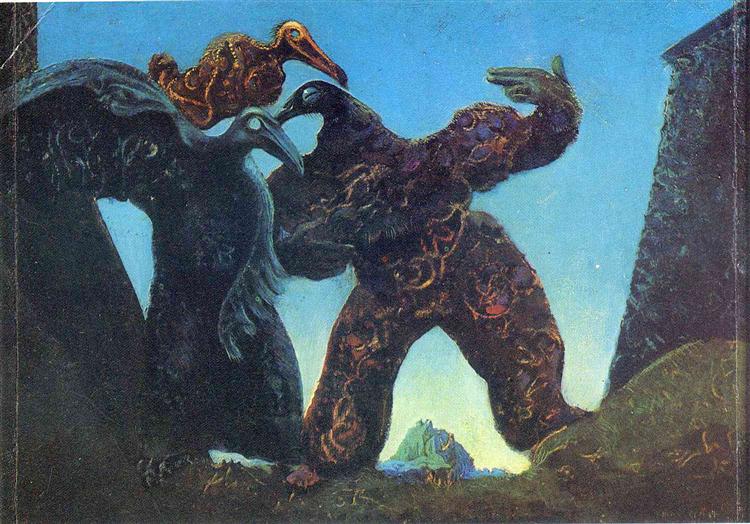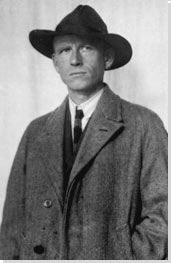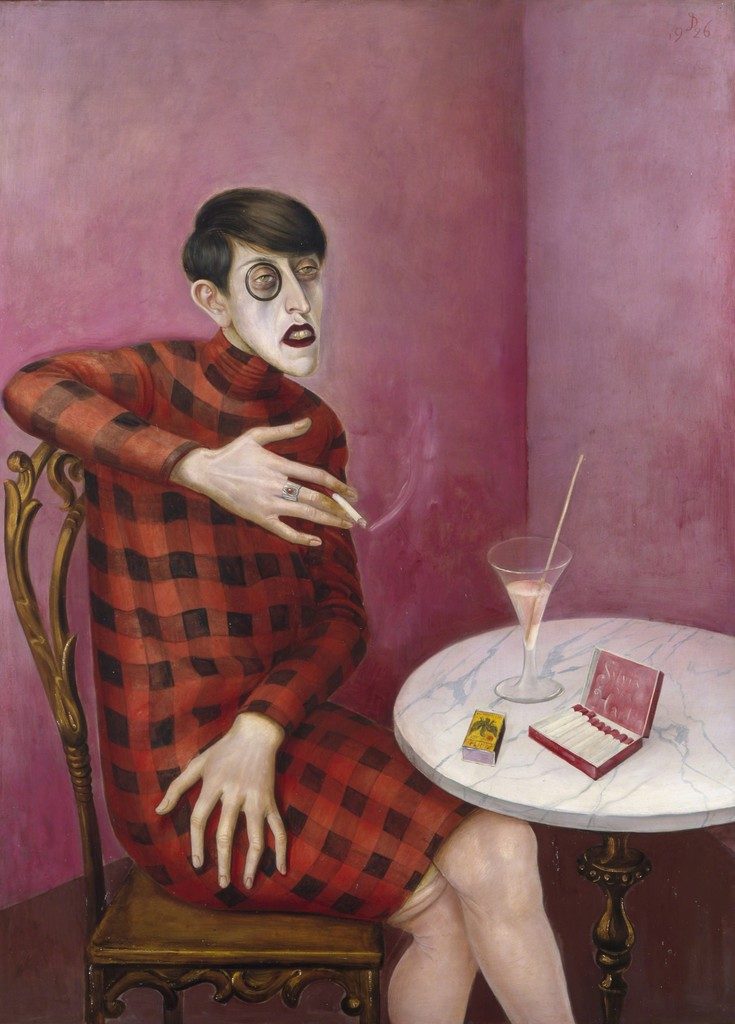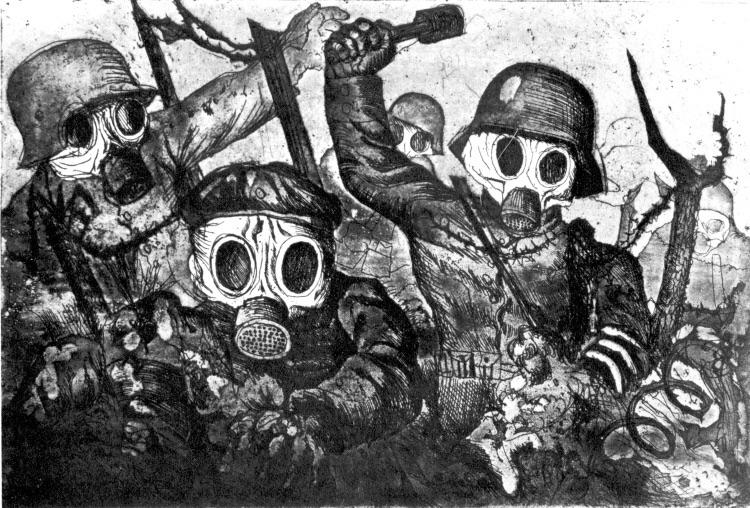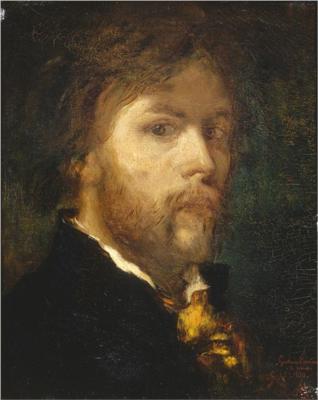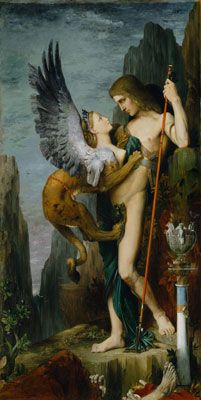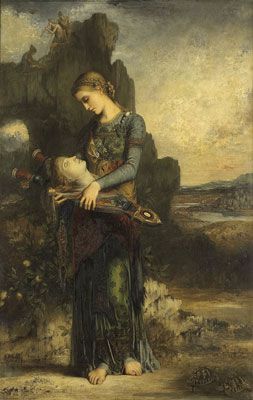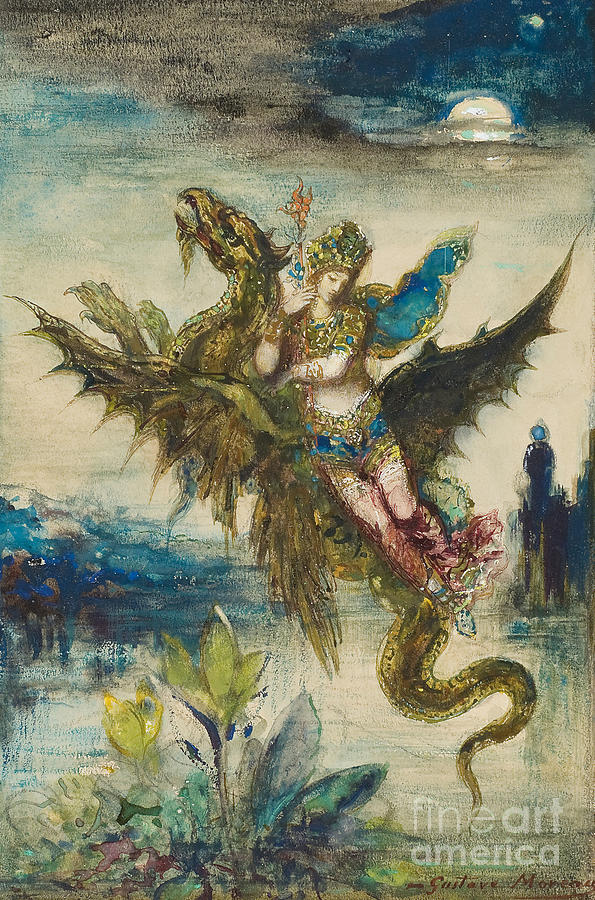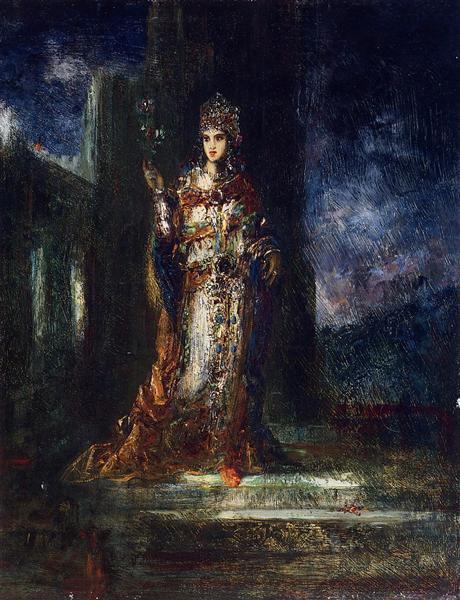The name of the game? Jazz, the name of a dude? Louis Armstrong. For this survey I will be telling you all about this prolific figure of the Jazz era named Louis Daniel Armstrong. Louis was born Aug 4, 1901 and grew up in New Orleans, Louisiana. The area he grew up in was especially poor and was nicknamed “The Battlefield” He began to gain popularity in the 1920’s with his two strongest features, his more daring trumpet style as well as his unique vocals.
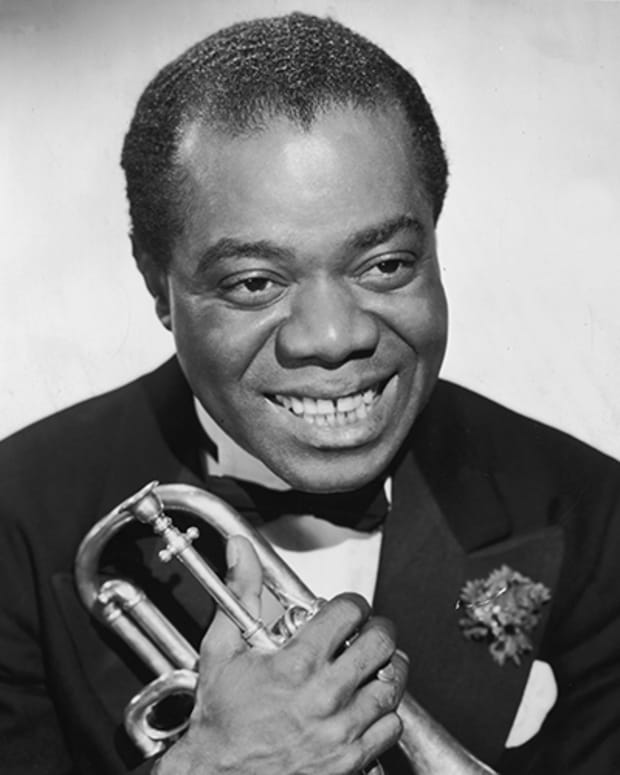
Louis was encouraged to sing often by a Jewish family who often gave him a job and invited him to meals at their home. However after he was arrested for firing his stepfather’s gun he was sent to the Colored Waif’s Home for Boys. This place was coincidentally where he fell in love with music as he received musical instructions while he was there.
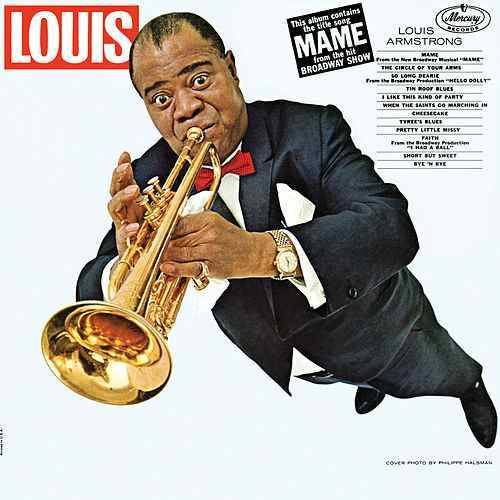
It was after this experience when he had begun to earn himself a name as a fine blues player. While he was beginning he was eventually under mentorship with one of the greatest cornet players in town, Joe “King” Oliver. Soon he replaced King Oliver in Kid Ory’s band, which was back then the most popular band of New Orleans.
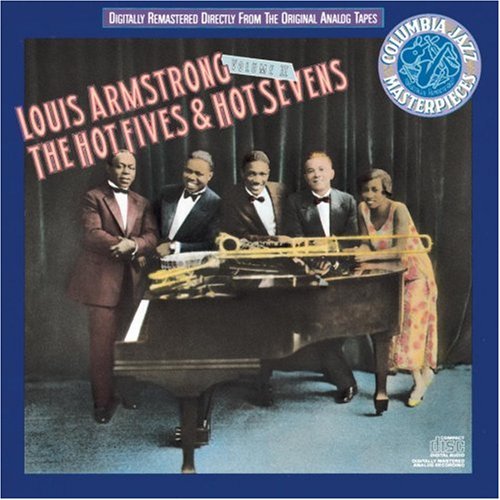
Things that Louis was known for was being in the first jazz big band, his band “the Hot Five, later Hot Seven, popularizing scat singing, unique covers of popular songs, the first African-American to get a featured billing role in a major movie, the first African-American musician to write an autobiography, first African-American entertainer to host a nationally sponsored radio show in 1937, Louis Armstrong House, telling the government off for not letting nine African-American children go to a public school, as well as songs like “Weather Bird”, “West End Blues”, “What a Wonderful World”, and “Hello, Dolly!”
Sources:
